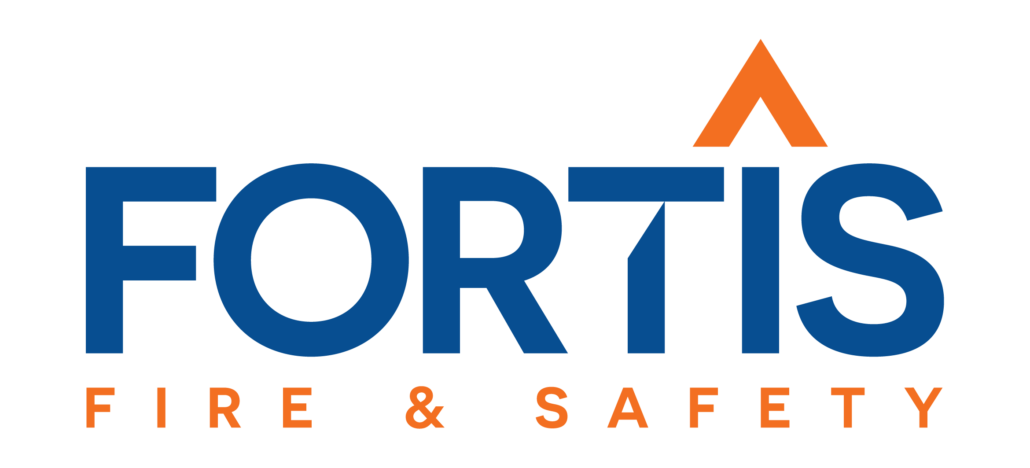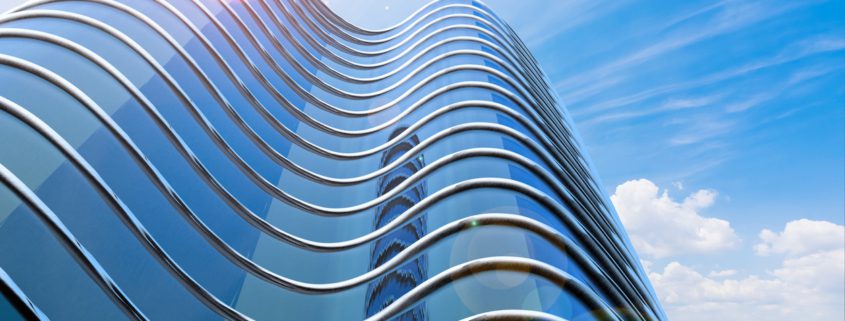How to Prepare Your Commercial Property For Fire Season
As the imminent arrival of the fire season draws near, it is essential to take proactive measures to safeguard your commercial property. With the advent of summer, the combination of elevated temperatures and arid winds poses a significant risk of fire outbreaks, potentially leading to catastrophic damage to your premises.
Last year, in California alone, the state reported:
- 2.5 million acres burned
- 8,835 incidents
- 3,629 structures damaged or destroyed.
Erring on the side of caution when it comes to protecting your commercial property can help prevent damage to your building.
Your commercial property can suffer damage from a fire through:
- Flames directly contacting your building
- Radiant heat that can cause combustible materials to ignite
- The wind blowing burning embers onto your property (the most common occurrence)
Video Surveillance
Fortis offers systems from video surveillance to business intelligence. This means that if a fire starts, your company will have access to visuals around the property. We design systems that optimize your existing infrastructure and augment them with the latest in proven technologies.
Adding this extra layer of security is just a stepping stone towards having a foolproof plan in place for fire season.
Outside the Building
Establishing fire protection elements outside your commercial property may save you from the unpredictable and devastating effects of a fire. When preparing the surrounding area for fire season, create three “buffer zones” that act as lines of defense. These areas outside of the building need to be free of flammable or combustible materials.
Zone Three
Typically, this region is the first line of defense against a fire. It ranges about 100 or more feet from the building depending on where the building is located. In the case of commercial properties built on a slope, buffer zones are recommended to extend further, about 150-200 feet total, due to faster and longer flaming fires. This buffer zone would help slow down the pace of the fire.
The surrounding area of any property should be cleared of extra brush, dead plants, and trees. This includes trees, shrubs, bushes, and dead grass. Keep shrubs trimmed and spaced out as well. Another good rule of thumb to follow is to make sure any tree branches stay at least 10 feet from any other trees.
If you need to keep a storage shed, wood, a trailer or other similar objects on your property, try to keep them in this zone.
Zone Two
This is the second line of defense against a fire. Its purpose is preventative damage control if the fire breaks through zone three. Zone two ranges about 30 to 100 feet from the building.
Buildings with grass surrounding the property should avoid tall grasses, also known as ladder fuels, because they make it easier for fires to climb trees. Any grass should be kept no taller than four inches high.
Any dead plants, bushes, or trees should be removed from this area. When maintaining the trees in this zone, prune the branches so they are at least ten feet from the ground, and remove any low-hanging branches.
Zone One
Zone one, also known as the last line of defense, includes the area up to 30 feet away from your property.
If your building has a deck or a porch, avoid storing any combustible materials like wood underneath it.
All dry or dead plants or dry vegetation in this zone must be cleared away. This includes:
- Brush
- Bushes
- Pine needles
- Dry leaves
When landscaping this area, it’s important to keep zone one in mind. It’s best to use noncombustible materials such as rocks or gravel to help keep flames at bay.
Cut down any tree branches hanging over the roof of the building.
Other Outside Hazards
Another hazard to be aware of is gutters. The key is to maintain a consistent routine of cleaning out the building gutters to avoid the build-up of dry leaves and other highly flammable materials.
The parking lot is another focus area for fire prevention. Depending on the commercial building layout, parking lots can become a hotspot for sparks to fly. To avoid this, inform your staff that they need to avoid parking over any grass or spilled oil.
Inside the Building
There are other steps beyond video surveillance that you can take to ensure your commercial building is prepped for fire season.
Any vents throughout the building should be cleaned consistently because they are highly flammable. Metal vents can be added to act as a temporary barrier between embers and the vent.
An evacuation plan should be perfected and taught to all employees. Performing practice drills with your company will ensure everyone understands their role in the event of an emergency.
Learn More About Fortis
At Fortis, we provide cutting-edge expertise in fire protection planning, design, and construction. We understand the challenges that modern facilities face and utilize our experience to find efficient and cost-effective solutions. From initial planning to acceptance testing and beyond, we offer a comprehensive suite of services.
We utilize the latest in computer-automated design to map out your system so we know the exact specifications before we even set foot on your job site. No need for drawings, we can map your facility and create blueprints from scratch.
We facilitate BIM coordination for new construction projects. We work with your BIM coordinator to load in our plans to avoid structural conflicts before they happen.
Additionally, all of our designers are NICET certified in their respective fields.
Learn more about our fire protection services, here.




